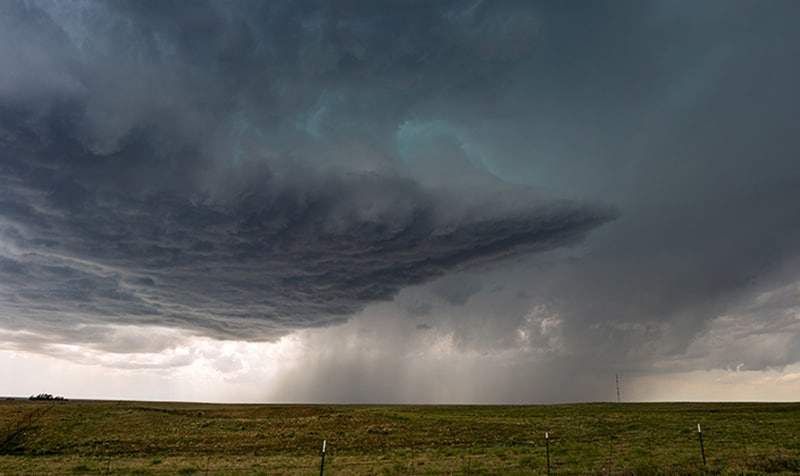Anger Management and Meditation
Category: Mind Trainer Articles | Mindfulness and Awareness | Popular | Types of Meditation

Mindfulness can teach us that anger doesn’t have to be a problem. Anger’s not the problem, greed is not the problem, delusion is not the problem. The problem is how we relate to these difficulties. Here we’ll look at anger in particular since it’s the most unwieldy of them all. You don’t see many books about joy management, although you could make a case for one.
Anger is something that needs to be managed. What happens with many people is that instead of finding a way to manage it, they look for a way to suppress or control it, or they act it out in ways that are unskillful. So how does mindfulness help us manage anger? What does meditation for anger look like?
First steps for meditating with anger
The first step here is a mindfulness-based exercise that I like to use—it’s sort of the foundation of how I work. I literally take a mindful moment right this second to see where I am on a scale of zero to ten with my anger. Otherwise, a lot of times anger just does its thing and I follow it around instead of being mindful of it.
Before looking more closely, a lot of us say, “I’ve got just two modes, zero and ten, and there’s nothing in between.” But it’s when we discover the mindfulness of the threes and sixes and fives that we’re able to have insight into an emotion. Anger is not just rage. Anger is an energetic force that doesn’t necessarily have to manifest as anger; it all depends on how we perceive it. Actually, with insight we can appreciate anger and utilize its energy for our benefit and the benefit of other beings. We can work with it.
So back to the exercises. Zero to ten. Zero is very important. It’s the equivalent of someone coming right up to you and saying, “I hate you, I hate you, I hate you,” and spitting in your face. The zero response is “namaste.” A real, perfectly peaceful and loving namaste, not a bogus namaste. Zero is very rare! Maybe you believe that a zero is what you need to achieve.
But a lot of people would be saying “Namaste” and thinking murderous thoughts at the same time—and maybe even translating those thoughts into actions a few minutes later. A ten might be me leaping out of this chair, diving out the window, rolling around in the broken glass for a moment, going out into the street, finding the first Prius or other electric or hybrid vehicle I see and punching that car in the face! It’s a ten because I can be in a blackout, like literally! When the fight or flight instinct is activated to that extent, the hippocampus shuts down and I not only don’t have insight, I’m also not developing memories—I’m just out, right? Absolute ten is very rare, thank goodness; so is absolute zero. And from 0.1 to 9.9 the scale is quite personal. One person’s four is another’s six. What we’re trying to do is to understand our own personal anger palette through noticing and investigating.
When I work with people, I suggest that they notice and investigate once an hour, say, for a week. By the end of that week they’ll have realized that they used to think they were always at an eight, or they’ve never been anything but a one, but now they’re seeing the nuances. That awareness is a huge first step into being able to work with difficult emotions.
I remember one of my first “anger management aha moments.” It was when I was teaching at a high school. There were racially motivated riots in the neighborhood and I had integrated the situation into my teaching. One day I realized that all of us—my students and myself and the fellow teachers who were involved in working with this—were tapping into our angry energy. One of the ways we felt about what had happened was that we were angry, and we took that energy and channeled it into positive activity. That’s what I feel mindfulness of anger can produce.
There are a lot of different words that people use when they talk about this particular emotion. One of the words for it is “anger”; other words might be “hatred” or “aversion.” And if we’re going to talk about anger as a continuum—like that zero to ten scale I like to use—a number of expressions of anger, aversion or hatred fall somewhere along that continuum. “I’m miffed, I’m irritated, I’m frustrated, I’m enraged.” “I’m feeling ill will towards you or towards something,” right? For some people, numbers and metaphors are useful for understanding anger; for others it’s more about developing a broader language pallet.
When we recognize an emotion—whether it’s a number on the continuum or a manifestation of the wide, wide world of anger—we can apply mindfulness to that. It’s exactly the same as when we use mindfulness for anything else: nonjudgmental, present moment awareness. It’s very hard not to judge being enraged, but it’s possible and it’s helpful. Being enraged is a human emotion—it’s legit.
The thing about those words and places on the anger continuum is that they’re all about needs not getting met and/or boundaries being crossed. Anger is a “need meter” and a boundary creator. So when I’m in my full-on unskillful anger mode or my amygdala-has-hijacked-the-entire-bus mode, I might find myself on the rage side of the continuum because there’s a life-or-death feeling. And sometimes it might be; sometimes I need to lash out in order to get my needs met.
When I have a mindfulness practice, I become able to track anger’s movements and determine what might be the most skillful version of it, what part I can utilize in order to actually get my needs met. For me, that’s true anger management: using it for what it was put there for. Survival in the present moment is at the far end of the scale, then there are all those things that help us survive over the long haul. Maintaining connections with others, securing food and shelter, all of that. Through mindfulness, we also identify the lesser or “perceived” needs and work with those perceptions and actual needs as well. Then, by setting the boundaries that allow us to do so, we can utilize the energy that we call “anger” or other names.
One collateral benefit of anger management meditation is that it begins to fan out to other strong emotions—the mindfulness starts to infiltrate those emotional states too. People may think oh, the practice is going to turn me into a dial tone or a flat line; I’m not going to be really living. But it’s the exact opposite! Being mindful of these strong emotions is what gives us the opportunity to live fully.






